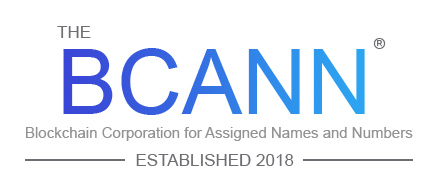
Strike is a DeFi lending protocol that allows users to earn interest on their cryptocurrencies by depositing them into one of several markets supported by the platform.
When a user deposits tokens to a Strike market, they receive sTokens in return. These sTokens represent the individual’s stake in the pool and can be used to redeem the underlying cryptocurrency initially deposited into the pool at any time. For example, by depositing ETH into a pool, you will receive sETH in return. Over time, the exchange rate of these sTokens to the underlying asset increases, which means you can redeem them for more of the underlying asset than you initially put in — this is how the interest is distributed.
On the flip side, borrowers can take a secured loan from any Strike pool by depositing collateral. The maximum loan-to-value (LTV) ratio varies based on the collateral asset, but currently ranges from 50 to 80%. The interest rate paid varies by borrowed asset and borrowers can face automatic liquidation if their collateral falls below a specific maintenance threshold.
Who Are the Founders of Strike?
Strike is a decentralized finance platform. There are no team supplies or founder supplies and the protocol will be operated by the community and be fully decentralized.
What Makes Strike Unique?
According to Strike, since the token distribution does not consist of any venture capital, shareholder, founder/advisor token distributions, it maintains the highest level of community distribution. Strike plans to offer a mechanism called "Governors" who can white list tokens to be added quickly to the market making it a scalable DeFi platform.
Strike's community governance sets it apart from other similar protocols. Holders of the platform’s native governance token — STRK — can propose changes to the protocol, debate and vote whether to implement changes suggested by others — without any involvement from the Strike team. This can include choosing which cryptocurrencies to add support for, adjusting collateralization factors, and making changes to how STRK tokens are distributed.
These STRK tokens can be bought from third-party exchanges or can be earned by interacting with the Strike protocol, such as by depositing assets or taking out a loan.
How Many Strike (STRK) Coins Are There in Circulation?
Like many digital assets, only a fixed number of STRK tokens will ever come into existence. The total supply is capped at 6,540,888 STRK and as of writing, approximately than a third are in circulation (2,540,888).
Out of these 6,540,888 Strike tokens, 4 million tokens will be distributed to Strike users over a 8-year period.
The exact rate of STRK emission is subject to change over time, as voters are able to increase or reduce the emission rate by passing a proposal through community governance.
How is Strike Finance Secured?
Everything on Strike is handled automatically by smart contracts, which act to mint sTokens after Ethereum and ERC20 assets are deposited, and allow Strike users to redeem their stake using their sTokens.
The protocol enforces a collateralization factor for all assets supported by the platform, ensuring each pool is overcollateralized at all times. If the collateral falls below the minimum maintenance level, it will be sold to liquidators at a 10% discount, paying down some of the loan and returning the remainder to an acceptable collateralization factor.
This arrangement helps to ensure borrowers maintain their collateral levels, provides a safety net for lenders, and creates an earning opportunity for liquidators.


